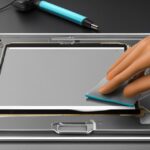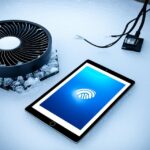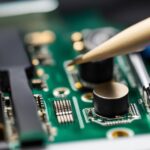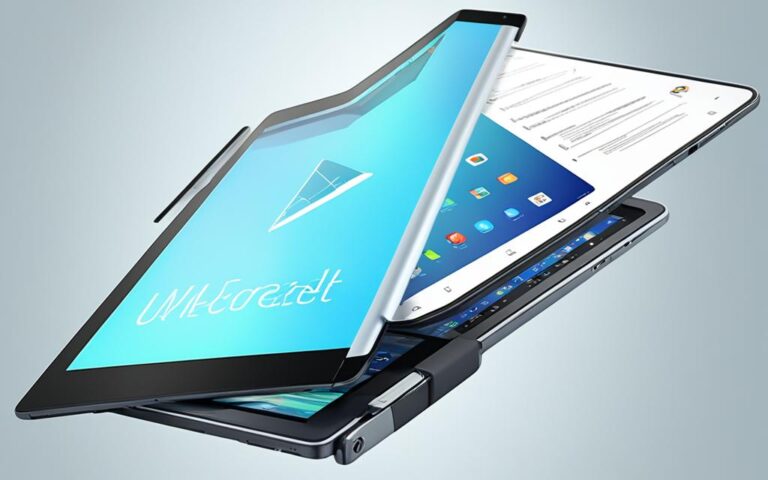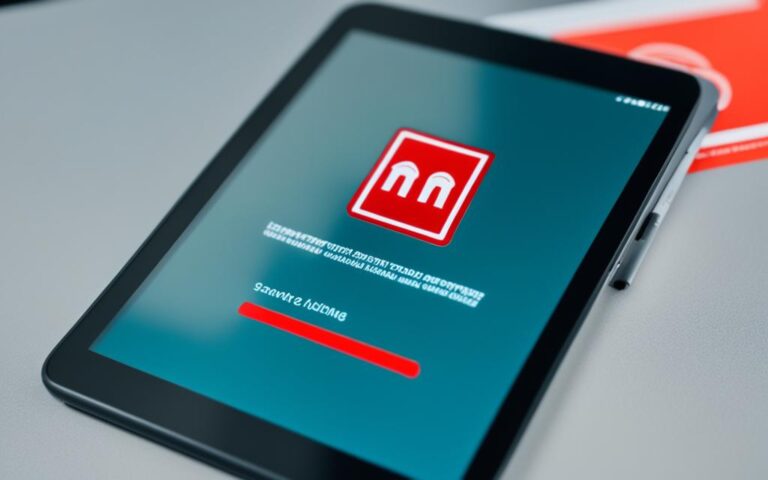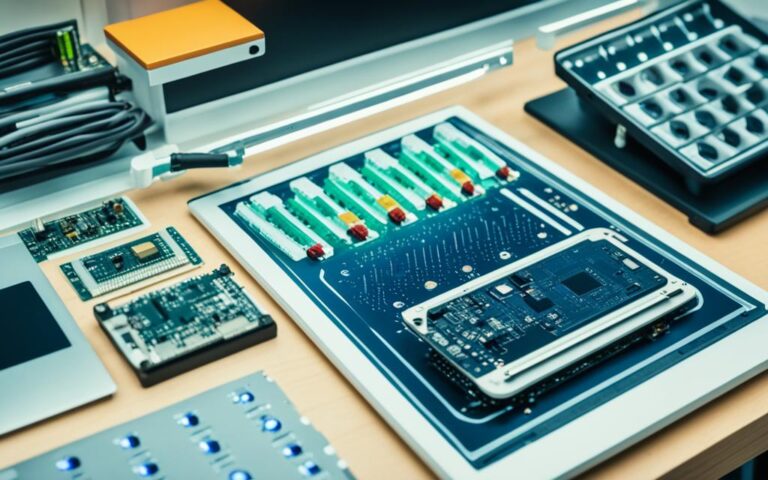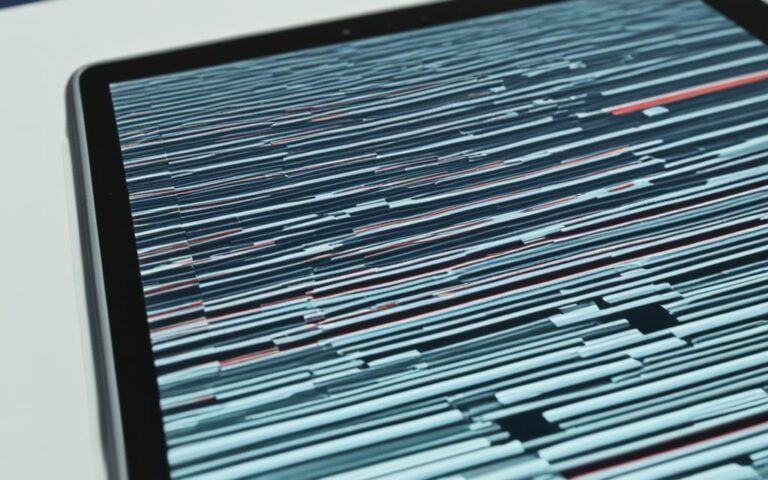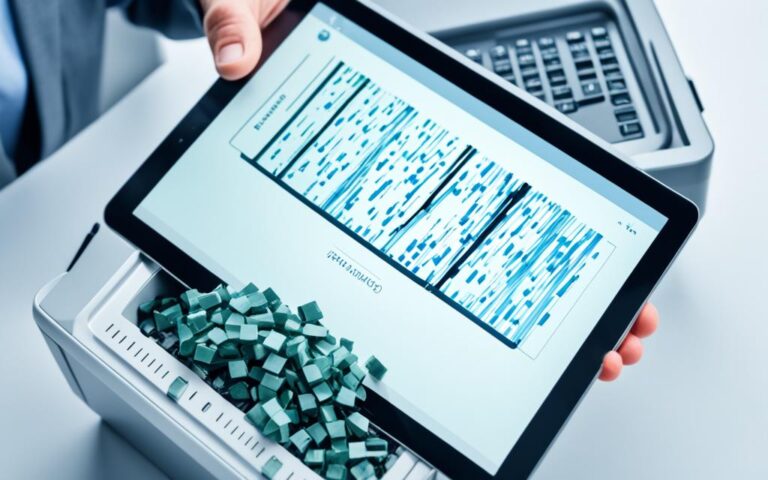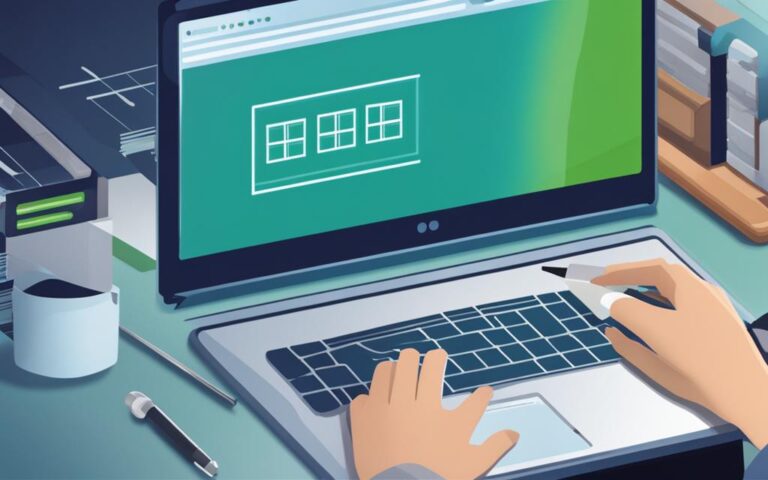How to Solve Tablet’s Spinning Beach Ball of Death
If you’ve ever experienced the spinning beach ball on your tablet, you know how frustrating it can be. The spinning beach ball is a common issue that can impact the performance of your tablet, causing slowdowns and delays. But don’t worry! In this article, we will discuss effective solutions to fix the spinning beach ball on your tablet and restore its smooth performance.
When your tablet encounters the spinning beach ball, it indicates that there is an underlying problem affecting its performance. This issue can be caused by a variety of factors, including outdated software, incompatible applications, excessive CPU usage, and limited storage space. By understanding the common causes, you can better troubleshoot and resolve the spinning beach ball issue on your tablet.
Before diving into advanced troubleshooting steps, it’s always a good idea to start with basic solutions. Try restarting your tablet, closing unnecessary applications and browser tabs, and checking for software updates. These simple steps can often resolve temporary issues and conflicts that lead to the spinning beach ball. Additionally, by analyzing the activity monitor on your tablet, you can identify resource-consuming processes or applications and take appropriate action to mitigate the problem.
If basic troubleshooting steps don’t solve the spinning beach ball issue, you may want to consider upgrading your tablet’s hardware. Installing a solid-state drive (SSD) or increasing the RAM can significantly improve performance and reduce the occurrence of the spinning beach ball. These hardware upgrades enhance your tablet’s speed and responsiveness, allowing for smoother multitasking and application usage.
Finally, don’t forget to perform regular maintenance and optimization on your tablet. Repairing permissions, clearing cache, and monitoring Spotlight indexing can help resolve any underlying software or system issues that may be contributing to the spinning beach ball. By implementing these additional fixes and considerations, you can keep your tablet running smoothly and prevent future occurrences of the spinning beach ball.
In conclusion, dealing with the spinning beach ball on your tablet can be frustrating, but there are effective solutions available. By following the troubleshooting steps, analyzing system resources, considering hardware upgrades, and implementing maintenance routines, you can resolve the spinning beach ball issue and restore smooth performance to your tablet.
Common Causes of Tablet Spinning Beach Ball
When it comes to the spinning beach ball on tablets, there are several common reasons that users encounter this frustrating issue. These causes can contribute to performance slowdowns and ultimately result in the spinning beach ball. Let’s explore them in detail:
Outdated Software
Using outdated software on your tablet can lead to compatibility issues and hinder performance. When certain apps or the operating system itself is not up to date, it can cause conflicts and result in the spinning beach ball.
Incompatible Applications
Compatibility issues between applications and your tablet’s operating system can also be a significant factor behind the spinning beach ball. When running incompatible apps, it can place a strain on the device’s resources, leading to performance slowdowns and the appearance of the spinning beach ball.
Excessive CPU Usage
Tablets with excessive CPU usage, whether due to resource-intensive applications or background processes, can experience performance issues. The high demand on the CPU can lead to the spinning beach ball as the tablet struggles to handle the workload effectively.
Limited Storage Space
Insufficient storage can result in performance slowdowns and contribute to the spinning beach ball on tablets. When the available storage space is low, the device may struggle to process tasks efficiently, leading to delays and the spinning beach ball.
To better understand the common causes of the spinning beach ball on tablets, refer to the table below:
| Common Causes | Description |
|---|---|
| Outdated Software | Using outdated software versions on the tablet. |
| Incompatible Applications | Running apps that are not compatible with the tablet’s operating system. |
| Excessive CPU Usage | High demand on the CPU due to resource-heavy tasks. |
| Limited Storage Space | Insufficient storage capacity on the tablet. |
By addressing these common causes, tablet users can take proactive steps to minimize the occurrence of the spinning beach ball and ensure smoother performance.
Note: The spinning beach ball issue may vary depending on the tablet model and operating system version.
Basic Troubleshooting Steps
When faced with the spinning beach ball issue on your tablet, it’s best to start with basic troubleshooting steps. These simple actions can often resolve the problem and get your tablet back to its optimal performance. Here are the key steps to follow:
- Shut Down and Restart Your Tablet: A simple restart can help clear any temporary issues or conflicts causing the spinning beach ball. Press and hold the power button until the option to shut down or restart appears, then select restart.
- Close Unnecessary Applications and Browser Tabs: Too many open applications and browser tabs can overload your tablet’s resources and contribute to the spinning beach ball. Close any unnecessary apps and tabs to free up memory and CPU power.
- Check for Software Updates: Outdated software can cause compatibility issues and impact your tablet’s performance. Make sure your tablet is running the latest software version by checking for updates in the settings menu. Install any available updates to resolve potential bugs or glitches.
By following these basic troubleshooting steps, you can effectively resolve the spinning beach ball issue and restore smooth operation to your tablet. If the problem persists, you may need to dive deeper into the tablet’s system resources and settings. In the next section, we will explore how to analyze the tablet’s activity monitor for further diagnostics.
Additional Tips:
- Ensure your tablet has sufficient storage space available, as low storage can impact performance.
- Consider closing resource-intensive apps or games that may be contributing to the spinning beach ball.
- If the issue persists, consult the tablet’s user manual or contact the manufacturer’s support for further assistance.
Analyzing Activity Monitor
When troubleshooting the spinning beach ball issue on a tablet, one valuable tool to utilize is the Activity Monitor. Opening the Activity Monitor provides users with essential insights into the CPU and memory usage, helping diagnose the underlying causes of the performance problem.
By launching the Activity Monitor on your tablet, you gain access to real-time data on resource utilization. This allows you to identify any applications or processes that may be consuming excessive CPU or memory resources, potentially leading to the spinning beach ball issue.
To effectively use the Activity Monitor, follow these steps:
- Launch the Activity Monitor app on your tablet
- Observe the CPU usage, memory pressure, and energy impact of various processes and applications
- Identify any items that exhibit high resource usage or unusual behavior
- If unnecessary processes or applications are identified, quit them to free up system resources
This analysis will give you a better understanding of which specific elements on your tablet are causing the spinning beach ball issue. By terminating resource-hungry processes and applications, you can alleviate the strain on your tablet’s performance and potentially resolve the problem entirely.
Using the Activity Monitor provides valuable insights into your tablet’s performance bottlenecks. By identifying and addressing resource-intensive processes, you can significantly improve the responsiveness of your device and overcome the spinning beach ball of death.
For a clearer understanding of the benefits of using the Activity Monitor, refer to the table below:
| Benefits of Analyzing Activity Monitor |
|---|
| Enables identification of resource-hungry processes |
| Helps prioritize the termination of unnecessary applications |
| Allows for better allocation of system resources to critical tasks |
| Aids in diagnosing specific causes of the spinning beach ball issue |
By utilizing the Activity Monitor and implementing necessary optimizations, you can effectively diagnose and resolve the spinning beach ball issue on your tablet, restoring optimal performance and improving your user experience.
Hardware Upgrades for Improved Performance
If you’re experiencing performance issues with your tablet, such as frequent occurrences of the spinning beach ball, upgrading your tablet’s hardware can provide a significant boost. By investing in a solid-state drive (SSD) or increasing the RAM, you can enhance the tablet’s speed, responsiveness, and overall performance.
An SSD installation is a popular hardware upgrade that can greatly improve the performance of your tablet. Unlike traditional hard drives, SSDs don’t have any moving parts, resulting in faster data access times and reduced loading times for applications. This means fewer instances of the spinning beach ball and a smoother multitasking experience.
In addition to an SSD upgrade, increasing the RAM capacity of your tablet can also have a positive impact on performance. With more RAM, your tablet can handle multiple tasks and applications simultaneously without slowing down. This ensures a seamless user experience and minimizes the chances of encountering the spinning beach ball.
“Upgrading your tablet’s hardware, such as installing an SSD or increasing the RAM, can significantly improve its performance and reduce the occurrence of the spinning beach ball.”
Whether you choose to install an SSD or upgrade the RAM, it’s important to consult the manufacturer’s guidelines or seek professional assistance to ensure compatibility and proper installation. Taking this step will help you make the most out of your hardware upgrade and optimize your tablet’s performance.
By investing in hardware upgrades, you can eliminate performance bottlenecks, enhance multitasking capabilities, and enjoy a smoother tablet experience with minimal interruptions from the spinning beach ball.
Benefits of Hardware Upgrades
Here is a table summarizing the benefits of hardware upgrades for improved tablet performance:
| Hardware Upgrade | Benefits |
|---|---|
| SSD Installation |
|
| RAM Upgrade |
|
Investing in these hardware upgrades can unleash the full potential of your tablet, providing a faster and more efficient user experience. Say goodbye to the spinning beach ball and enjoy seamless performance for all your tasks and applications.
Image: SSD Installation
Additional Fixes and Considerations
While basic troubleshooting steps can often resolve the spinning beach ball issue on tablets, there are additional fixes and considerations that can help ensure optimal performance. By implementing these measures, you can address underlying software and system issues that may be contributing to the problem. Additionally, regular tablet maintenance and software optimization can prevent future occurrences of the spinning beach ball.
Repairing Permissions
One potential fix is to repair the permissions on your tablet. Over time, permissions for various files and applications may become corrupted, leading to performance issues. By repairing these permissions, you can ensure that all necessary access rights are properly granted, potentially resolving the spinning beach ball issue.
Clearing Cache
Clearing the cache on your tablet can also help improve performance and resolve the spinning beach ball issue. The cache is a temporary storage area that holds files necessary for quick access by apps and websites. However, an excessive buildup of cache files can slow down your tablet. By clearing the cache regularly, you can free up space and improve performance.
Monitoring Spotlight Indexing
Spotlight indexing is a feature on tablets that enables quick search functionality. However, during the indexing process, it can consume significant system resources, potentially leading to the spinning beach ball. By monitoring the Spotlight indexing progress and allowing it to complete before engaging in resource-intensive tasks, you can avoid performance issues and interruptions caused by excessive CPU usage.
Implementing these additional fixes and considerations, such as repairing permissions, clearing cache, and monitoring Spotlight indexing, can contribute to a smoother and more efficient tablet experience. Regular maintenance and software optimization are crucial for preventing future occurrences of the spinning beach ball and ensuring optimal performance.
Conclusion
In conclusion, encountering the spinning beach ball on a tablet can be frustrating, but there are several solutions available to restore tablet performance. By following the troubleshooting steps outlined in this article, users can effectively resolve the spinning beach ball issue and enjoy smooth operation on their tablets.
An important first step is to perform basic troubleshooting, such as shutting down and restarting the tablet, closing unnecessary applications and browser tabs, and checking for software updates. These simple actions can often resolve temporary issues or conflicts causing the spinning beach ball.
If the problem persists, users can analyze the tablet’s system resources using the Activity Monitor. This tool can help identify any processes or applications consuming excessive CPU and memory resources, allowing users to quit them if unnecessary and alleviate the spinning beach ball.
For those looking for a more significant performance boost, upgrading tablet hardware can be a worthwhile consideration. Installing a solid-state drive (SSD) or increasing the RAM can greatly enhance speed and responsiveness, minimizing the occurrence of the spinning beach ball and improving overall tablet performance.
Lastly, implementing regular tablet maintenance and optimization routines is crucial for preventing future occurrences of the spinning beach ball. Repairing permissions, clearing cache, and monitoring Spotlight indexing can help resolve any underlying software or system issues that may contribute to the problem.
By following these steps and exploring the various solutions provided, users can effectively address the spinning beach ball issue on their tablets, restoring optimal performance and ensuring a frustration-free tablet experience.



